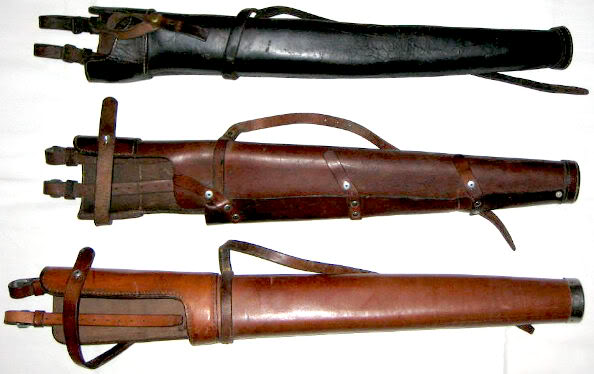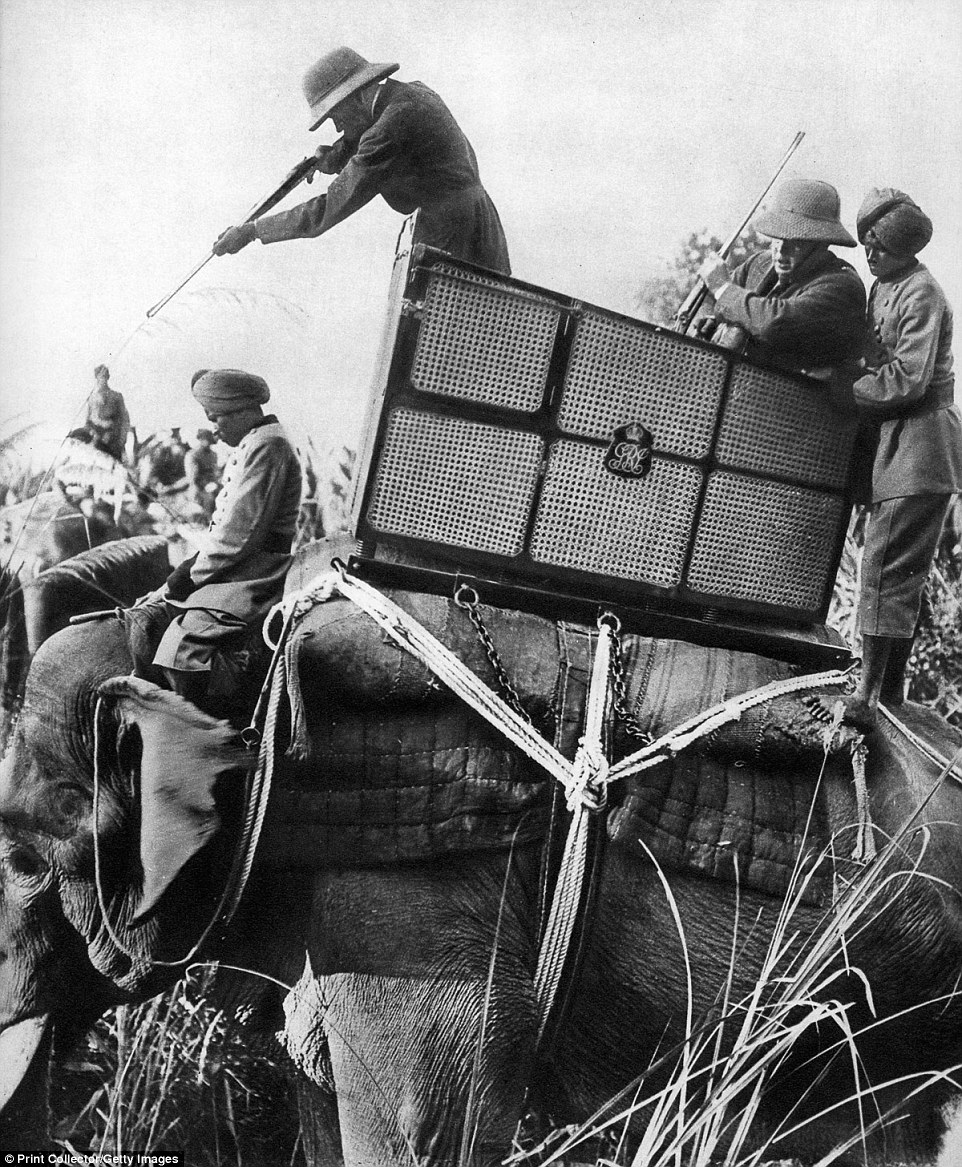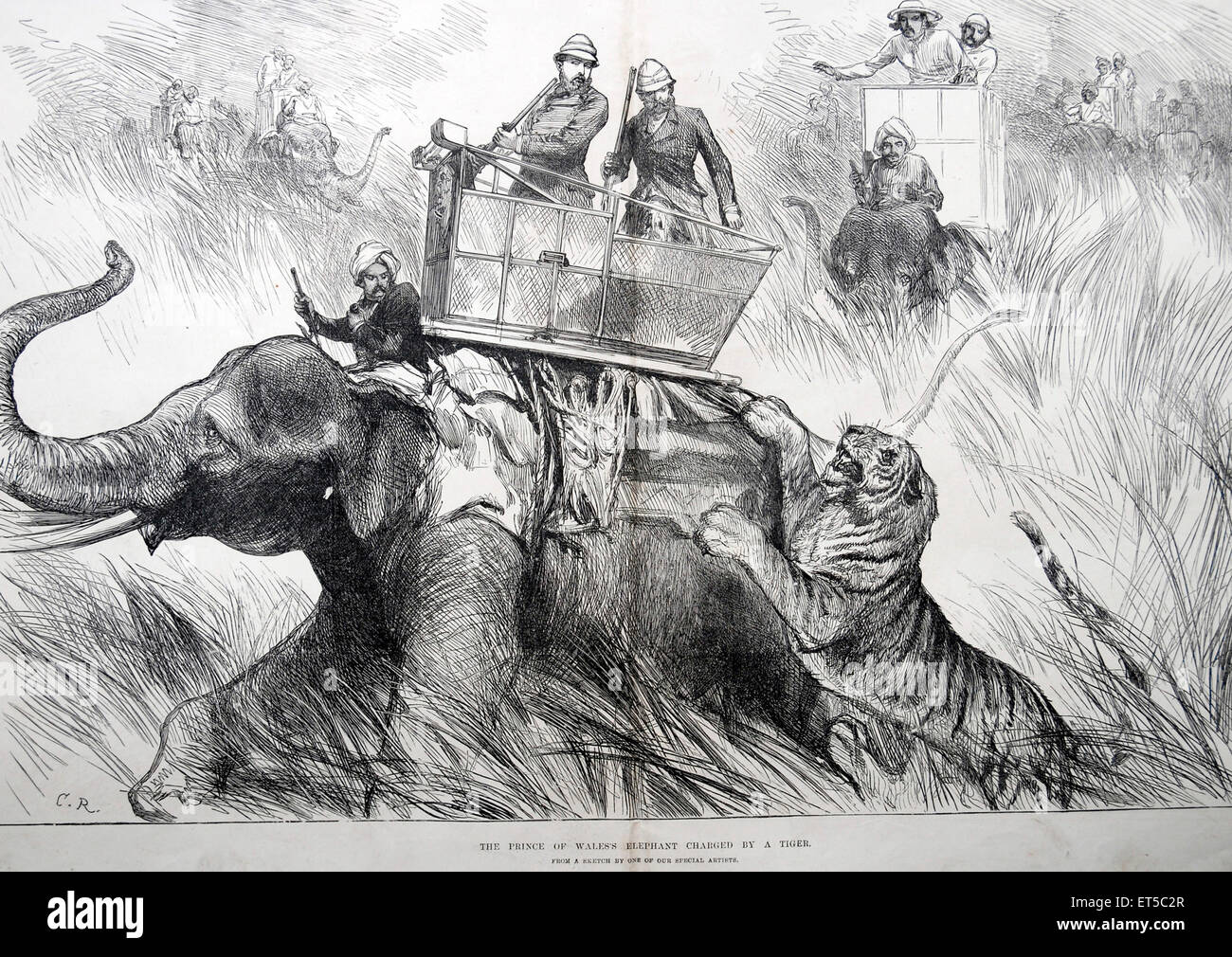PM me your email address.
I have the article in gun digest, given to me by my father in law, I'm looking for a digital copy to post on the forum, but I'm unable to locate it in digital form, if you have it maybe you could post it?
PM me your email address.
I've seen them used under stressful conditions and I can personally attest to their effectiveness. I saw to very large individuals put out of action very quickly with a well worn, but serviceable Nagant revolver.
One was hit in the upper chest. The bullet lodged in the top of his lung, which quickly started filling with blood, he lived but was instantly out of the fray. The second fellow was hit just below the heart. The bullet penetrated the diaphragm, separating the chest cavity from the abdomen. The fellow was dead within a 5 minutes. No exit wounds on either of them and very little external bleeding.
Back in the day that excellent pistol was designed, the purpose was to disable an enemy with a weapon that was light and easily controlled. That's why there was such a proliferation of 22/25/32/9mm pocket pistols back in the day. If the recipient of the bullet didn't die from the initial impact, given the poor sanitary conditions of the time, gangrene and other nasty biological factors finished the job.
Do you really want that strap going through rather than around the trigger guard? Of course, if it's slung facing aft and your horse is only going to start galloping if someone's chasing you then there might be method to that madness.

I like how people call certain cartridges anemic or under powered and mostly not suitable for defence (American sites) but then you hear real world stories touting the effectiveness of them, honestly it seems to me if they wouldn't have done the job well enough they wouldn't have mass produced them and continue to...
And if .25 and .32 cartridges weren't effective, our government wouldn't have had to ban them. Would it?
Think the argument was guns in those calibers are too easy to conceal. Nothing to do with efficacy.
Grizz
I heard that the Russians found the revolver inadequate in punching through heavy winter gear. The replacement round - 7.62x25 had lots more zip.
Probably a cheap gun to make, too.




I seem to recall reading that the US Army's issue of sidearm stopping power at the turn of the century was really to stop Calvary horses. Of course they had little idea what the machine gun and trenches would do to calvary tactics in just a few short years..
Check out "The Ghost and The Darkness"
Think the argument was guns in those calibers are too easy to conceal. Nothing to do with efficacy.
Grizz








































